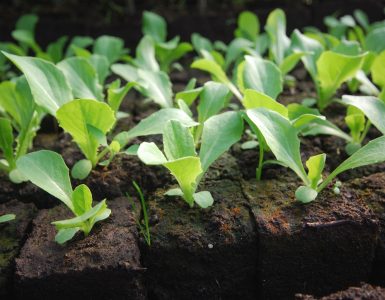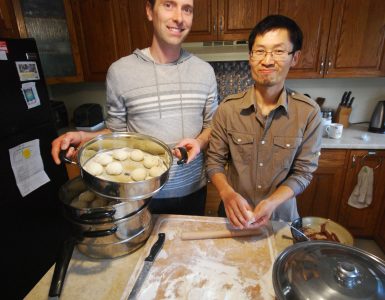“Wow, it sure is beautiful out for December.” I had conversations like this again and again during the early holidays, as temperatures around the Kingston area soared to 16 degrees Celsius. Almost inevitably, these exchanges would be followed by some acknowledgment of global warming: an awkward joke, a grimace, or nervous laughter.
“What terrifyingly nice weather we’re having.” Reports from Central Park in Manhattan announced over the holidays that the previous record high for Christmas Eve had been broken—by the 2015 low temperature.
The past year, 2015, broke the record to become the warmest year on record. Of course, this has become almost a yearly routine. Ho-hum. Yet another record-breaking warm year. It piles up. The last five year period is the warmest five year period ever recorded.
We did break one record that doesn’t come around every new year, however. A very innocuous sounding record: we passed the one degree mark. That is, the world’s average temperature was for the first time more than one degree higher than the pre-industrial temperature. One degree higher than the temperature before we started burning all of that oil and gas and everything else.
This record sounds so undramatic as to be laughable. “Only one degree,” we might chortle. “Ho-hum. That’s nothing!” It might not seem like much, except for two problems.
The first is that we aren’t just dealing with global warming, we’re dealing with climate change. With a climate that is becoming not just warmer, but also more extreme and unpredictable. Like a pot of water coming to a boil, our world isn’t just getting hotter, but also more turbulent.
The warm holiday weather this year is one symptom of climate change. But so was the polar vortex, the frigid winters we saw over the last two years in part because of disrupted air currents. Many people have remarked not only about how warm it has been in December, but also how different the temperature was from last year. “It’s forty degrees warmer than this day last year!”
And, of course, that’s the number to worry about: not one degree averages, but forty degree extremes.
The other problem is runaway global warming. As the Earth gets hotter, the trends become self-sustaining. Arctic ice melts, so that instead of white snow reflecting sunlight the dark ocean absorbs it. Greenhouse gasses frozen at the bottom of the sea warm and bubble up into the atmosphere. The Amazon, a global air conditioner, withers from drought.
It wouldn’t take much more. Even the conservative political consensus out of the recent conference in Paris was that more than two degrees of warming would lead to catastrophe for all of us. (Even knowing that, they produced a climate agreement that is non-binding and essentially unenforceable.)
It took us centuries to reach that first degree. But our climate emissions—from the tar sands, in particular—have grown so explosively that we’ll lock in that second degree within decades.
Already, there are troubling signs that the ability of the oceans to buffer climate change is breaking down. We may have to deal with another half a degree of warming from that alone.
As a farmer, one of the first things I worry about is global warming’s impact on food. We live in a temperate climate in Ontario, and we can cope for a while. But most of the world is far more precarious, and millions of people are already becoming climate refugees.
It’s unsettling to ring in another new year to record-breaking temperatures. But what I find truly frightening is the notion that we might one day find the effects of climate change routine.
Record numbers of refugees? Oh well, just like last year. Record droughts, yet again? Ho-hum. Ho-hum.
Or we can break that routine. We can act. But we don’t have much time.
Aric McBay is a farmer and author.







